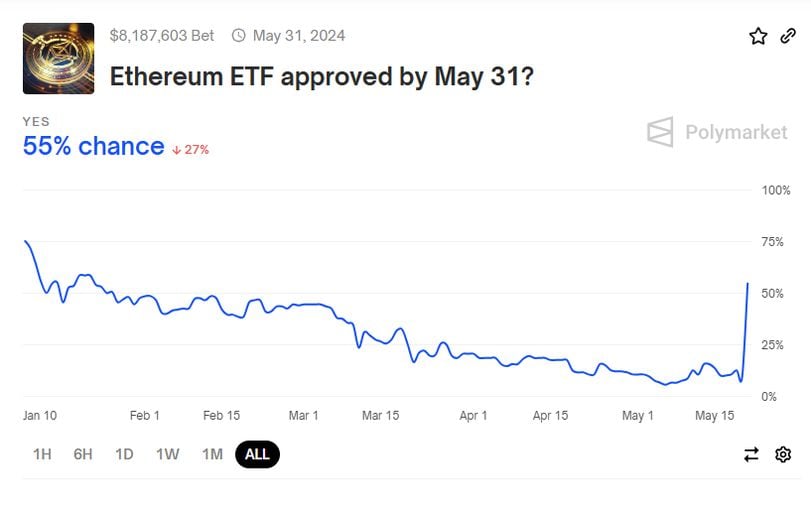In a significant development for digital currency, the Republic of Palau has launched the second phase of its central bank digital currency (CBDC) pilot program, leveraging the Ripple XRP Ledger (XRPL). This move follows the successful completion of the first phase, marking a progressive step in the nation’s journey towards a robust digital economy.
Palau advances with Ripple in CBDC initiative
The first phase of the CBDC pilot program, which lasted three months, was deemed a success by Palau’s Ministry of Finance. This initial stage involved 168 government employee volunteers, each provided with 100 Palau stablecoins (PSC) for transactions with local retailers. Utilizing mobile phones to scan QR codes for payments, the participants, and retailers, reported positive experiences with the digital currency. This feedback has been instrumental in propelling the project into its next stage.
With Ripple continuing as a technical partner, Phase 2 aims to expand the digital ecosystem and increase user engagement. This phase will prioritize regulatory compliance and sustainable development goals, addressing challenges specific to Palau, such as the high cost of mobile data and the logistical complexities of moving fiat currency across its 340 islands.
Anthony Welfare, Ripple’s CBDC Strategic Advisor, emphasized the benefits of blockchain-based digital currencies, highlighting their potential to reduce transaction fees and environmental impact. He also pointed out the unique advantage of enabling offline payments during power outages, a critical feature for the island nation.
Palau leads the way in digital currency innovation
The PSC, a dollar-pegged digital currency, is backed 1:1 with the USD, held in an FDIC-insured commercial bank, and issued on the XRPL. This structure not only ensures stability but also aligns with global financial standards.
Jay Hunter Anson, a Cybersecurity Consultant in Palau, noted the significance of the PSC pilot program for the country. According to Anson, the success of this initiative could serve as a blueprint for other nations considering the adoption of digital currencies. The program’s design addresses several critical areas, including financial inclusion, economic efficiency, and reducing carbon footprints associated with traditional money flow.
The global financial community watches closely as Palau embarks on this next phase of its digital currency journey. The success of the PSC pilot program could herald a new era of digital finance, demonstrating the viability of CBDCs in enhancing national economies while maintaining compliance with international standards.
The Republic of Palau’s ongoing CBDC pilot program represents a significant step towards a more digitally inclusive and efficient financial system. With the successful completion of Phase 1 and the commencement of Phase 2, Palau sets a precedent in the practical application of blockchain technology in national currencies. The world eagerly anticipates the outcomes of this innovative initiative, which could shape the future of digital finance globally.





